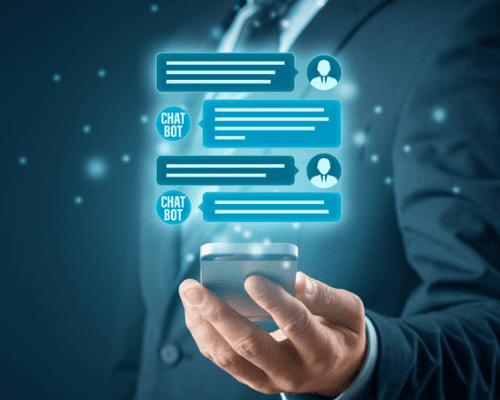When it comes to streamlining your business and guaranteeing excellent customer care, help desk systems are crucial. With the right help desk software, your agents are better able to meet customer demands and provide high-quality, efficient support.
There is a huge variety of help desk systems on the market and choosing the right one for your requirements is essential. No two businesses are the same, making each company’s needs slightly different. Considering what your business wants from a help desk system is perhaps the most important step when evaluating your options.
Help desk Evaluation
The main goal of your help desk system should be to improve customer satisfaction and drive loyalty by providing the standard of service that your customers want, in the way that they want it. Another factor to think about is how a given help desk platform will work with your employees. The right solution will boost productivity and greatly reduce ticket resolution time.
With so many options out there, here is a guide to some of the most important things to look for on your search for the ultimate help desk solution:
Ticketing Management
A good help desk system should allow for the organisation, prioritisation and management of conversations, with appropriate functionality for escalation and resolution. Ensuring that enquiries are passed to the right people at the right time allows for shorter resolution times. Make sure that your help desk system can facilitate this and supports customised escalation plans and automated routing for different issues that you might encounter in your business.
Self-Service Functions
Consider whether the help desk supports the kind of self-service elements that your customer base wants. Help desks can offer a range of customer-oriented functions, from issue tracking to self-solution features.
In your evaluation of the help desk options available to you, take into account whether customers are able to track the progress of their ticket, and stay up-to-date on how their issue is being resolved. In addition to allowing customers to be more involved in the process, this accountability and transparency fosters confidence in your company.
An increasing number of customers prefer to ‘help themselves’ by researching and finding the answers they need. Your help desk platform can provide a space for a self-service community, which also helps to drive loyalty.
Knowledge Management
Another key element, which is connected to some of the self-service considerations mentioned above, is the ability to create, maintain and manage a knowledge base within your help desk system. Keeping a knowledge base provides advantages for both customers and employees, allowing easy access to popular help topics and information. A good knowledge base should be searchable and may incorporate customer-centric elements such as FAQ features.
Channels and Integration Options
Increasingly a help desk system needs to allow you to provide omnichannel support to your users and customers. Make sure that you select a system that allows integration with the channels you already use, as well as those that you wish to expand into. This will allow for faster implementation and a more seamless transition for your employees.
Make a list of all the ways possible your customers can send you a request. Include the ones you want to introduce with a new help desk solution: website, intranet, mobile app, social media, phone numbers, email addresses, third party applications, etc.
The top help desk options allow you to control multiple integrations from the same interface. The integrations available for a help desk system should meet your customers’ requirements, reflecting the ways that they want and need to interact with your company.
Reporting and key metrics
Look at what capabilities are offered in terms of reporting and measuring performance. The ability to customise reports and determine KPIs is essential. The availability of different types of reports allows you find the right answer and gain valuable insights to make your company grow.
Access and Security
Keeping your data safe and secure continues to be of the utmost importance. Help desk systems should incorporate secure data holding to make sure that your customer and business details are safe, controlling access for different users, by level or by role.
Also, consider how the help desk system can be accessed by your agents. On-the-go access allows for more flexible working, and ensures that you can provide 24/7 assistance.
Agile Implementation Best Practices
The process of getting started with an new help desk system should never be a source of major disruption in the workplace. Within this part of your evaluation, you should consider both the speed and ease of the help desk implementation, as well as the way that it will work with the technological skill level of your employees and the processes they are used to.
Customer requirements
The needs of the customer are a priority for any help desk system, and enhancing their experience should be central to your decision. This element comes into play in all stages of the help desk evaluation, but it is worth taking the extra time to explore what your customer really wants and what they expect from you. In other words, reach them where they are. Customer satisfaction will increase the easier it is for people to engage with you and to get help where and when they need it.
This checklist is just the beginning. Once you have explored these factors, you will also need to consider practical constraints, such as time and budget, to make an effective evaluation of your help desk system options. The best help desk systems will not only work for your current business model, but will help you pursue your future plans, allowing your company to grow in the right direction. To get you started we recommend, and therefore provide, best-of-breed help desk solution, Zendesk.










